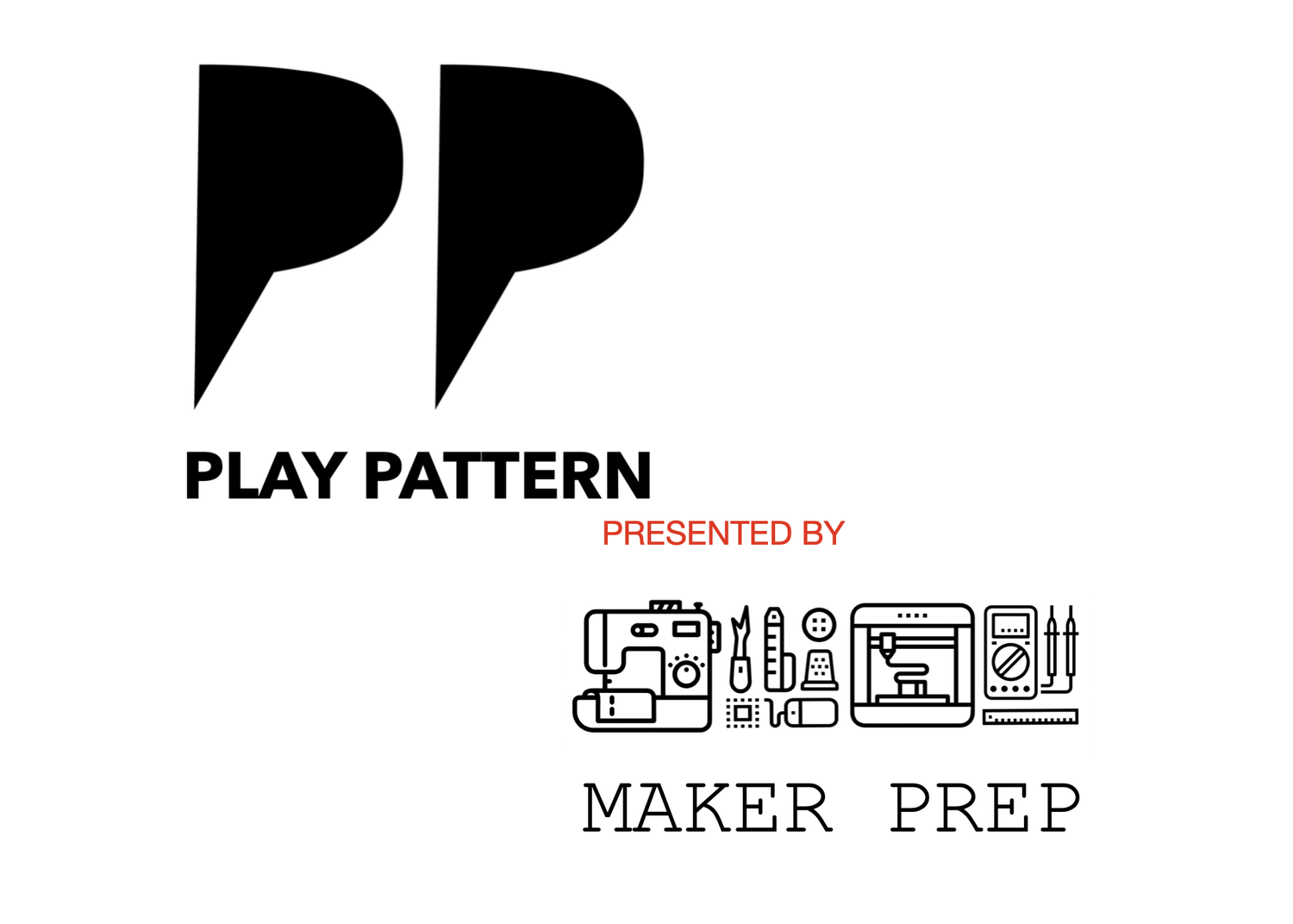DESIGN FOR ALL
Course Summary
This course introduces the history, process and uses of the human centered design (HCD) framework.
What is Human-centered design? HCD is a methodology that emerges from several disciplines: cognitive psychology, art & design, and user design. It is a creative approach to problem solving and the method used by many companies and organizations to design products and services that relate directly to the people they serve.
Over the course of 6 weeks design methods and tools are introduced, and the student's design ability is developed in a capstone design project or equivalent. The course is organized around the following concepts: design research, analysis & synthesis, concept generation & creativity, prototyping, communication & visualization. Students will be expected to use tools and methods of professional practice and to consider the social, economic and environmental implications of their products, services or systems.
HCD is a process that starts with building an understanding of the people you are designing for and exploring new solutions that are made specifically to fit their needs. We will therefore look at the Why? We will learn design considering ethics, inclusivity, sustainability and access by designing a project.
Methodology
This short course is a project-based introduction to design, structured as a hands-on studio course. There is an emphasis on hands-on innovative thinking and professional practice. Students will learn key methods of design innovation and will work in teams to apply those methods, learning how to uncover opportunities, explore ideas, prototype solutions, and interact with users. Students are given the freedom to develop specific design skills which suit their interests and contribute to their team projects over the course of the class. At the end of the quarter, student teams present their design concepts, showcasing prototypes in engaging and thoughtful ways.
Outline
Session One: Introduction to HCD, Design Processes and Methods
We will cover course logistics and requirements of the course. We will then review the motivation and framework for the course.
Session Two: Prototyping
We will introduce tools and techniques for prototyping and testing your product concepts. Bring to class more discarded items that would normally go to landfill to add to our supply of prototyping materials. During this class session, we will talk about team dynamics and interactions as being critical to new product development success. We will review materials and create several rapid prototypes for product development.
Session Three: Research Methods
We will work on developing a customer/user needs assessment plan that answers questions to:
Who is your customer and is there an early adopter segment of your customer base?
How will you access your customers and how should your approach differ in a start-up vs. large company context?
What methods will you use to collect information (e.g., interviews, observations, surveys)?
What types of information will you gather?
How reliable is customer feedback in the early stages of development and how should it affect your decision-making?
How will you document your information gathering (e.g., notes, audio recording, photos)?
Session Four: Design Roadmaps
Design Roadmapping parallels existing product roadmapping and technology roadmapping processes. It leverages three needs we have observed in organizations as they use existing roadmapping processes.
Session Five: Design for the future
This session we will consider the future of design, the needs and problems that are emerging our world and how designers can be active in the world of mitigation - from environmental challenges, to inclusive.
Session Six: Pitch, Presentation and Scaling
This session will introduce methods and tools for communicating actionable design research., design results that can have impact.
